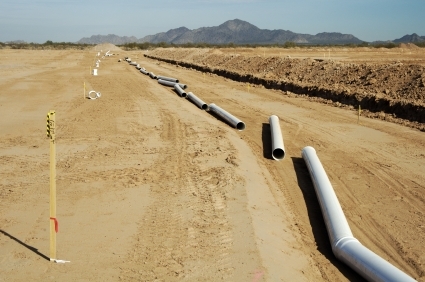In the recent case of Cactus Water Services LLC v. COG Operating LLC, the Texas Supreme Court addressed the question of who owns produced water resulting from oil and gas production.
Produced water, consisting of salt water mixed with oil, drilling fluids and fracking fluids, has long been considered to be waste. Operators customarily hire a company to haul it away and dispose of it. Disposal of produced water is highly regulated by the state and is often a major expense for operators. However, new technologies have resulted in the cleaning and reconditioning of this former waste product. While the resulting water is not potable, it is sufficiently clean to use in other ways, such as for fracking, which uses a lot of water. As a result, produced water, instead of being a liability, is becoming a valuable commodity.
This case involved the question of just who owns the produced water: the surface owner, or the mineral owner and operator/lessee. COG Operating LLC (“COG”) operated four leases covering 37,000 acres in Reeves County. The leases grant COG the exclusive right to explore for, produce, and keep “oil and gas” or “oil, gas, and other hydrocarbons”. The leases were silent regarding waste. Wells on those leases were fracked, using large quantities of water. Some of the injected fluid returned to the surface, and consisted of water, hydrocarbons and various other substances such as potassium, strontium, barium, iron, carbon dioxide, hydrogen sulfide, and chloride. The kinds of substances in the returning fluid depend on the fracking chemicals used and the geology of the formation being produced.
 Texas Oil and Gas Attorney Blog
Texas Oil and Gas Attorney Blog


